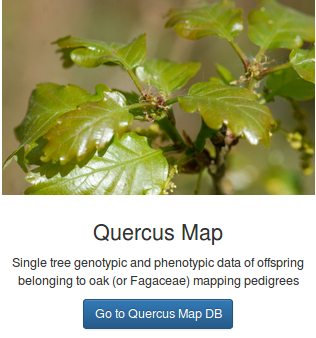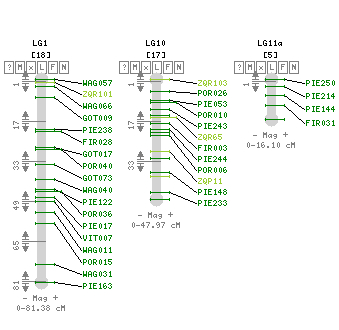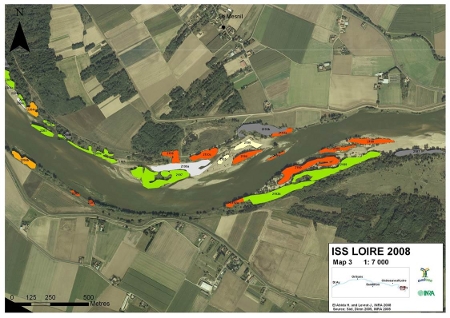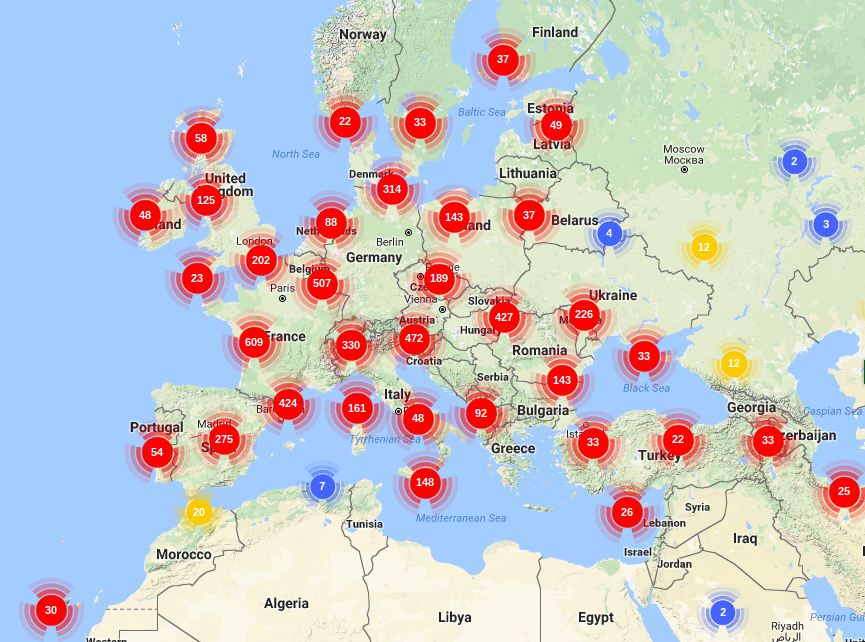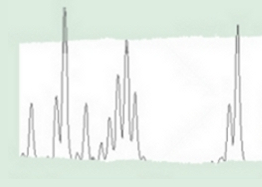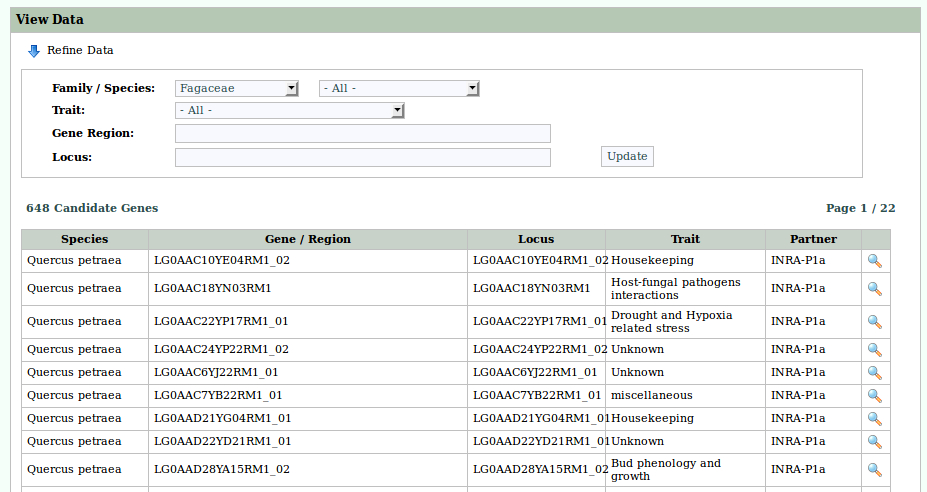DIVERSITY OF ADAPTIVE TRAITS RELATED IN WATER USE IN TWO TEMPERATE EUROPEAN WHITE OAKS
H2OAK : Diversity of adaptive traits related in water use in two temperate european white oaks

Funded by ANR
01 September 2014 to 31 August 2018
Partner labs: UMR EEF (Nancy-France), UMR BIOGECO (Bordeaux-France), UMR URGV (Evry-France), UEFL (Nancy-France), ONF (French Forest Service, Nancy-France)
Coordinator: Oliver Brendel brendel@nancy.inra.fr
Website: H2Oak (french version) - H2Oak (english version)
Executive summary
Trees are an important component of the biosphere. They dominate many regions of the world as natural forests or plantations. They are not only important economically through the multiple uses of wood, but also for climate change mitigation through their function as carbon dioxide sinks, as well as for their role in the regulation of the hydrological cycle. Recent studies on tree mortality and climate change show that some of the world's forest ecosystems may already be responding with increasing tree mortality rates, in response to
climatic warming and drought, even in environments that are not normally considered water-limited. In the long term, growth and survival of trees largely depend on their ability to adapt to the predicted rapid climatic changes. Among the possible strategies for adapting forests to climate change, the optimal use of natural genetic variation certainly represents an important component, along with genetic improvement, forest management and facilitation of migration. A sustainable management of forest ecosystems will require an understanding of the processes underlying adaptation to climate change. Knowledge of processes, and finally
genes involved in the variation of traits affecting fitness, the assessment of their variability in natural tree populations and their use as an indicator of adaptability should improve management practices facing climate change.
An important management goal, in the context of climate change, is to optimize biomass growth versus water used through transpiration, even in forests that are presently only exposed to moderate soil water deficits. The ratio between these two traits is called the water use efficiency (WUE). Recent modeling studies, based on plastic responses of ecophysiological traits, have shown that predicted climatic changes will impact the WUE of forest ecosystems. The H2Oak project focuses on the diversity of WUE in two major French oak species : Quercus robur (pedunculate oak) and Q. petraea (sessile oak).
In France they represent 11% of the total timber harvested and one fourth of the total forested area (~4Mha). These two species are largely sympatric, but have different ecological requirements: Q. petraea is more frequently found on well drained soils and is more tolerant to drought, whereas Q. robur is able to survive and grow on poorly drained sites and displays a higher tolerance to water-logging. Q. petraea has a higher WUE compared to Q. robur.
Such an eco-hydrological niche segregation has been suggested to have implications for conservation in habitats that face changing water constraints caused by climate change.
The main objective of the H2Oak project is to determine whether WUE and underlying traits play an adaptive role in oaks in terms of (i) impact on tree fitness, (ii) past selection and adaptation of provenances to their specific environments, and (iii) sufficient standing genetic diversity for future adaptation related to climate change, especially increased soil water deficit. The ultimate goal is to define genetic factors that can be used to evaluate the impact of silviculture and forest management practices on the adaptive potential of efficient use of water in oak forests. The proposed project will take a large step towards the discovery of genes underlying the ecological divergence within these oak species using forward genetics approaches (including QTL and association mapping), and ecological genomics. The H2Oak project will follow a progression of tasks advancing from detailing the genomic regions related to WUE in known progenies, using extreme phenotypes to refine diversity of physiological responses, screening candidate genes in diversity panels based on geographic distribution of populations, and applying the discovered adaptive molecular markers to study adaptation in natural regenerations of oak seedlings under silvicultural management.

